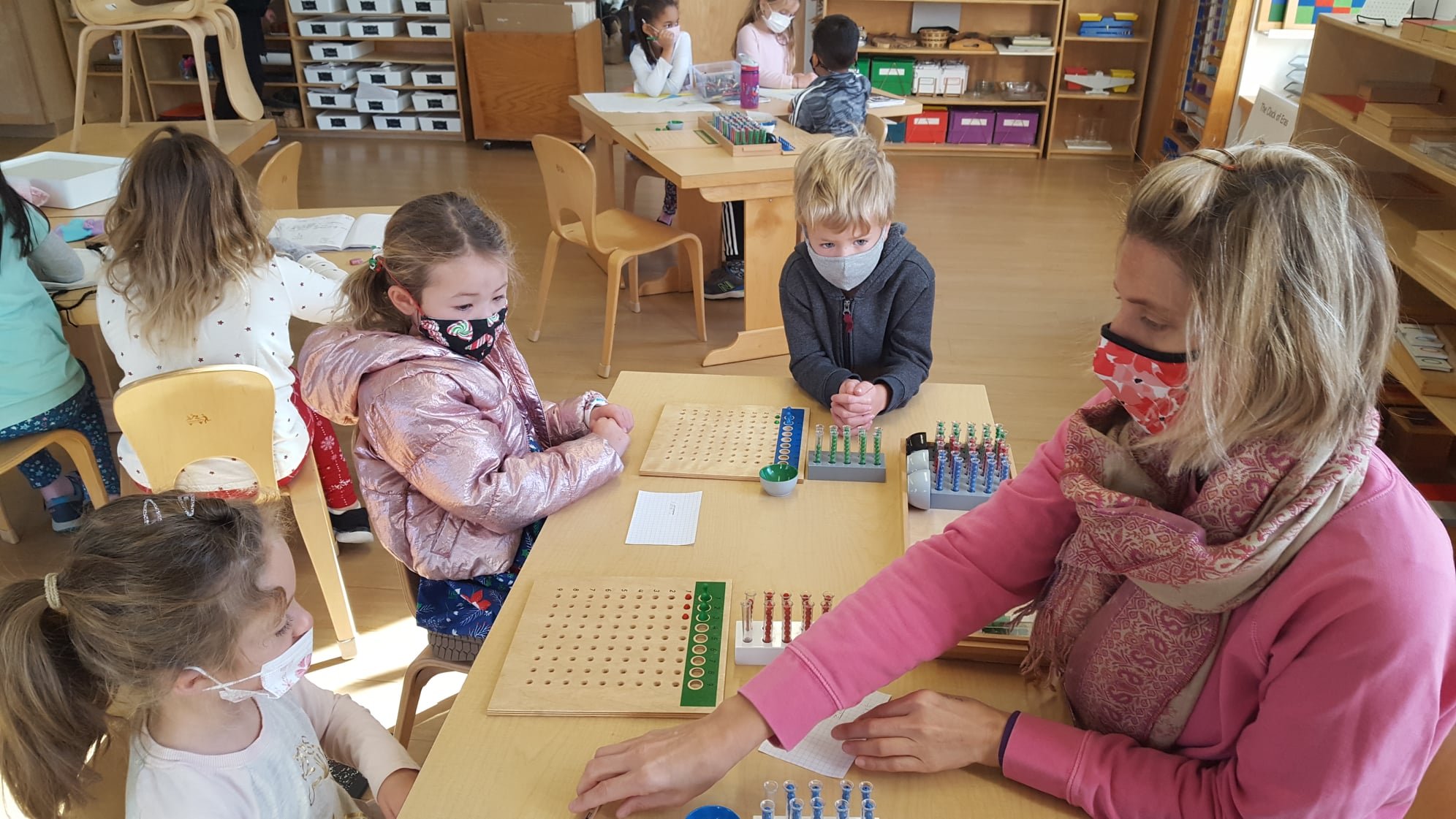Montessori 101: Guide vs. Teacher

Ever wonder, why do we call teachers “guides” or “directresses”? What do we mean by an “environment,” as opposed to “classroom”? Are we simply being esoteric, or is there a deeper reason? We Montessorians sometimes use terminology that’s unfamiliar to folks more accustomed to a traditional school model, and this can lead to a bit of a mystification around the philosophy. It can even lead to the notion that Montessori schools are out of reach for the general population—that the methods in a Montessori school are too specialized, too… strange.

In fact, the concepts of Montessori, and the vocabulary we use to describe those concepts, were borne from Dr. Maria Montessori’s education, research, and maybe most importantly, her observations of real children at work. In other words, Montessori concepts and vocabulary are rooted in the natural processes of child development, and these concepts are very familiar, even intuitive, to anyone who lives or works with children. In our Montessori 101 series, we’ll demystify Montessori vocabulary and explore the concepts that inform it. Today, we kick off the series with “guide” vs. “teacher”.

When many of us picture a traditional school setting in the United States, there’s an adult—the teacher—and a room full of students in desks. The teacher is at the front of the room imparting information to children. The teacher decides what, when, and how the students will learn material, usually in specifically scheduled blocks of time—one hour for math, one for English, etc. The teacher in this model is the active giver of information, and the students are the passive receivers.

Dr. Montessori believed that children should be active participants in their own learning. In fact, much of the learning they are doing is constructing their selves. She used the words “directress/director” and “guide” to describe the role of the teacher because she saw that children thrived when they were directed or guided into their own learning. The guide is simply a part of the classroom environment in which children grow. Dr. Montessori also recognized that adults cannot perform the self-construction of the children—that responsibility can only belong to the children themselves. The responsibility of a guide in a Montessori environment is to assist children as they learn by connecting them to the work they need in the environment.

On any given day in a Montessori environment, you’ll find the guide observing (always observing) and gently, quietly supporting each child through their school day. Through observation, the guide identifies and removes obstacles in the child’s way. For example, a guide may notice that a child struggles with a particular kind of paper or work partner, so they might offer the child an alternative style of paper or subtly direct the child toward new work partners to remove these obstacles.

Montessori guides give children keys to unlock concepts and areas of learning through the lessons they present. Children repeat the lessons until they understand and master each of them. For instance, a guide presents a material called the “checkerboard” in the lower elementary classroom in order to teach multiplication. The guide connects the child to this material when the child is ready and the guide demonstrates how to use it properly. The guide then leaves the child to explore and repeat the procedure as long as they need, and steps in only if the child is truly struggling. Through time and practice, the child learns the concept of multiplication on their own.

As Dr. Montessori wrote,
“To aid life, leaving it free to unfold itself, that is the basic task of the educator.”
In short, a guide is a teacher, but not a teacher in the way that’s presented in a traditional school model. A Montessori teacher, a guide, is a facilitator who journeys alongside children in the process of learning and self-construction and guides them toward their innate human potential.


